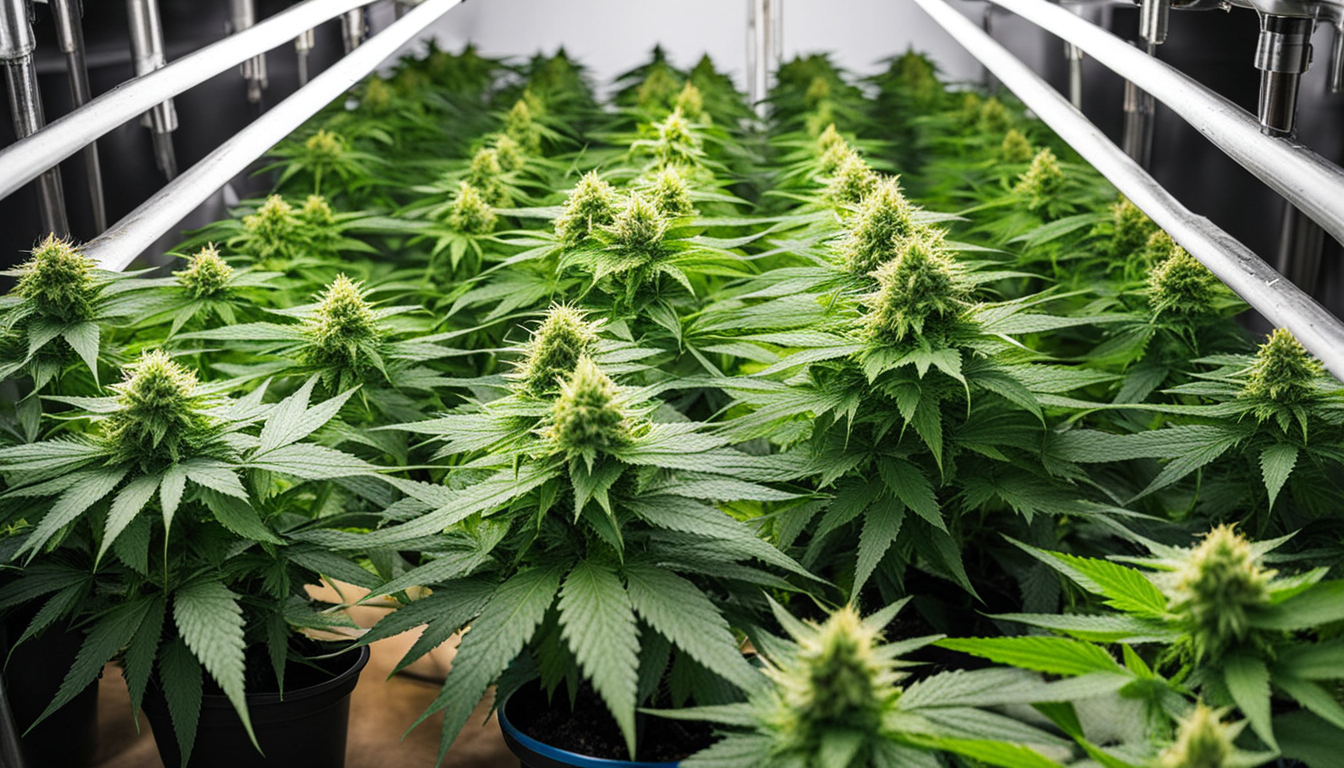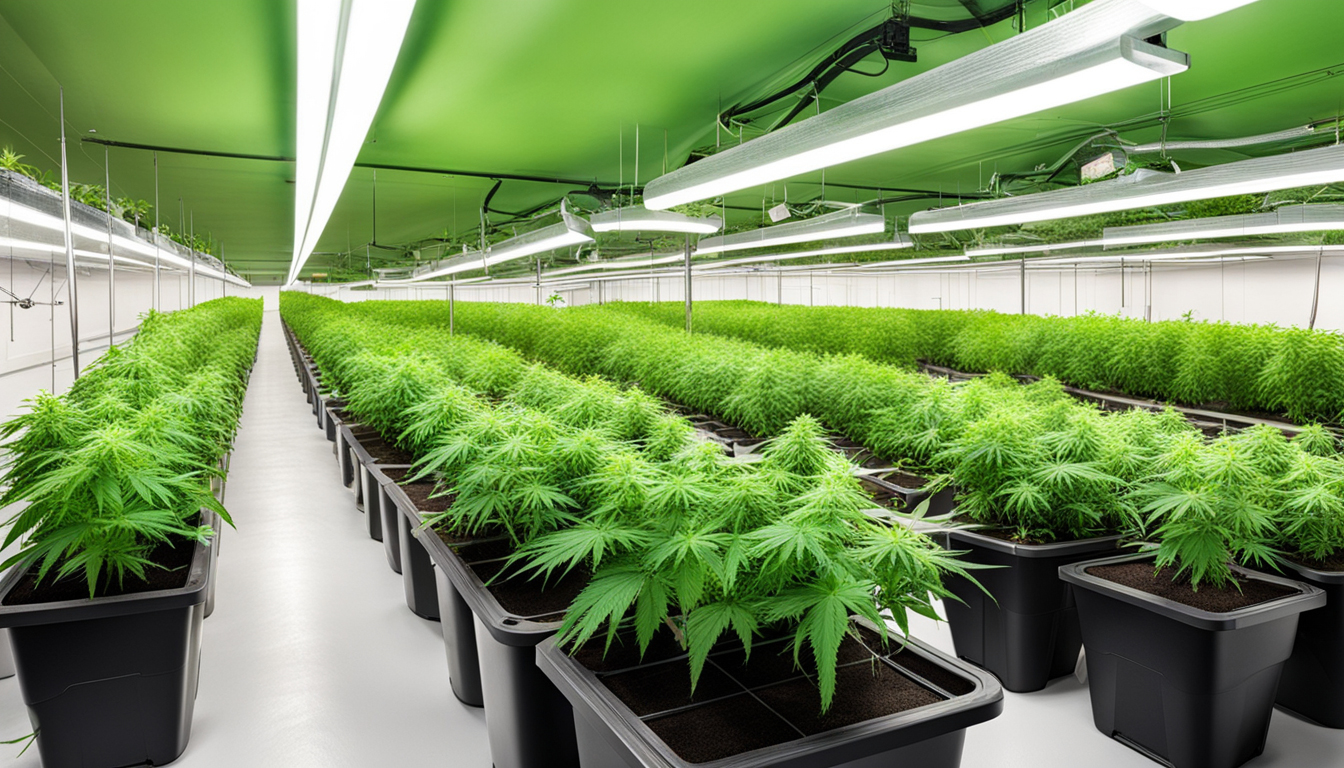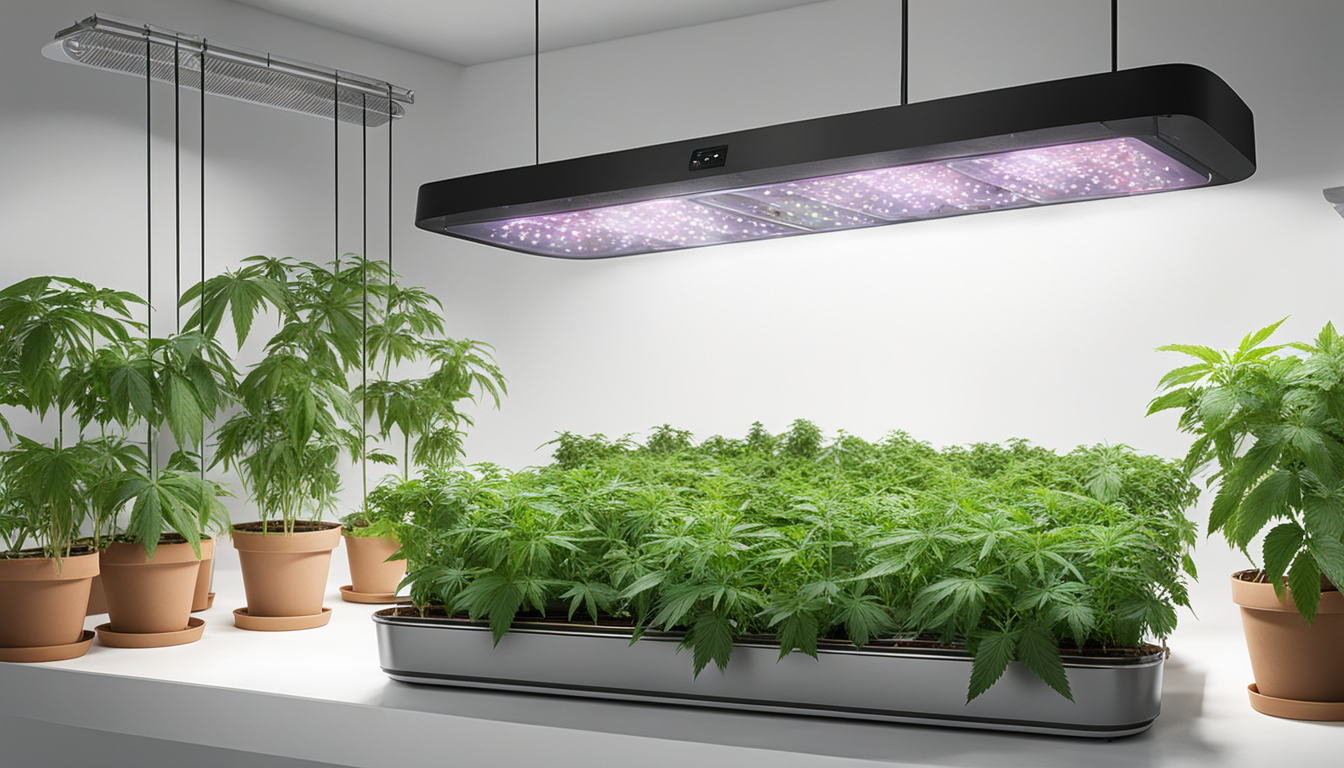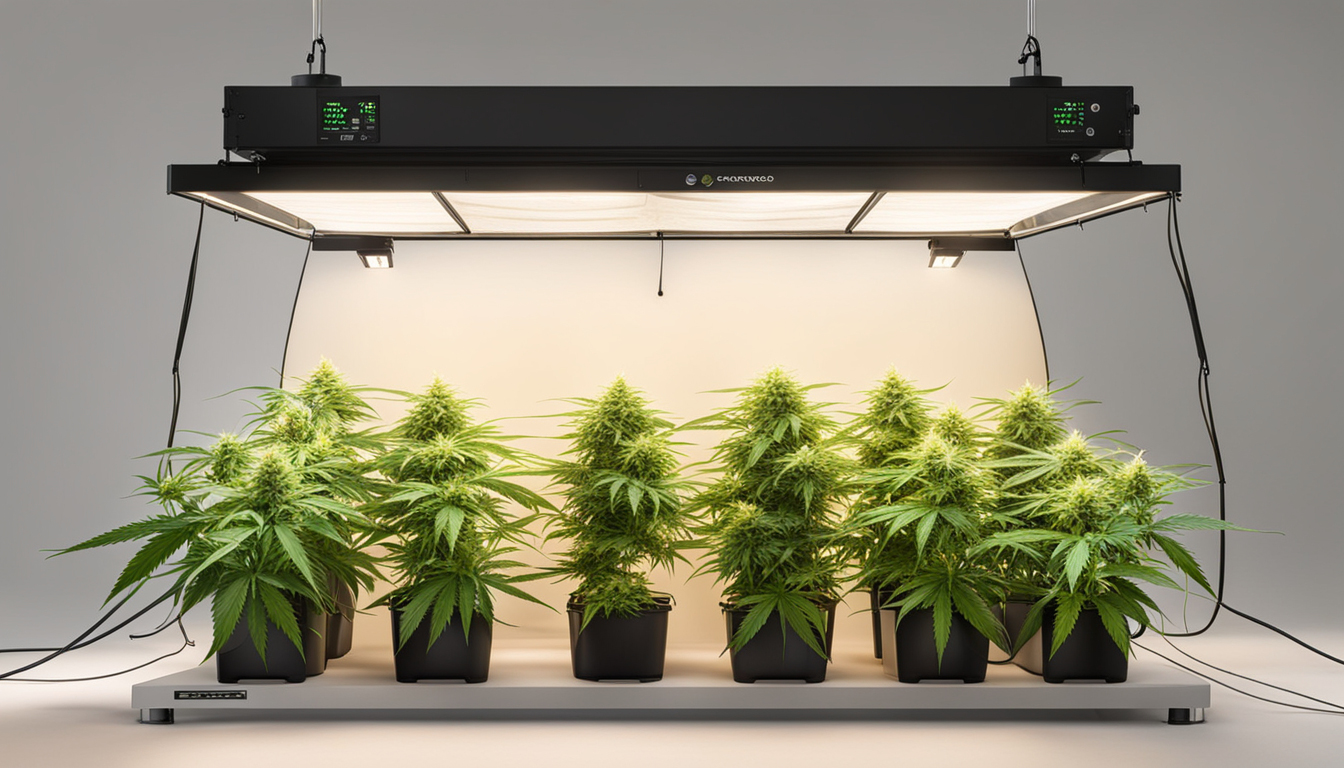
Whether you're beginning pot production or looking to improve your existing harvest, following this complete guide will help you produce big, high-quality yields right at home. With the right gear, techniques, and care, cultivating pot indoors can be an extremely productive and cost-effective endeavor.
Choosing Pot Varieties
The first step in planning your indoor crop is picking the right cannabis cultivars to produce. The three main types of marijuana plants each have their own traits.
Sativas
Known for their energizing cerebral effects, these strains spread tall and slender with narrow leaves. They thrive in warmer equatorial climates and have a longer flowering time between 2.5-3 months indoors. Top energizing strains include Sour Diesel, Durban Poison, and Jack Herer.
Relaxing strains
These strains provide calming full-body effects and grow short and bushy with broad leaves. Accustomed to colder mountain climates, they flower faster within 8-9 weeks. Popular relaxing varieties include Granddaddy Purple, Northern Lights, and Bubba Kush.
Mixed strains
Mixed varieties blend traits from both sativas and relaxing strains. They offer blended effects and have moderate flowering periods around 2.25-2.5 months. Popular hybrids are OG Kush, Girl Scout Cookies, and Blue Dream.

Setting Up Your Grow Space
Pot plants need the right controlled environment to flourish. Key factors for indoor cultivations are lighting, ventilation, layout, and finding the ideal discreet spot.
Location
Choose an unused space with direct access to water and power outlets. An empty extra bedroom, unused closet, basement corner, or cultivation tent locked away in a garage all make great hidden grow room spots.
Lights
Cannabis requires powerful light for all growth stages. LEDs are energy-efficient and come in broad spectrum options simulating natural outdoor light. Cover 250-400 watts per sq. ft for the growth stage and 400-600 watts per square foot for bloom.
Airflow
Proper ventilation and exhaust systems maintain ideal temp, humidity, and fresh CO2 levels. Set up quiet 10-15 cm fans or scrubbers to refresh stale air and eliminate smells.
Layout
Optimize your space by arranging plants strategically under the lamps and leaving room to reach and work around them. Set up distinct zones for vegetation, flowering, curing, and propagation.

Cultivation Mediums
Marijuana can be cultivated in different mediums, each with benefits and cons. Pick a appropriate option for your specific setup and cultivation style.
Soil
The classic medium, soil is inexpensive and simple for beginners. It provides excellent taste but requires more irrigation and nutrients to nourish plants. Amend soil with perlite or coir to improve aeration.
Coco Coir
Made from coconut husks, reusable coconut fiber holds water but still lets in air to the roots. It's cleaner and more predictable than soil. Use coco-specific fertilizers to prevent accumulation.
Hydroponics
In hydro systems, plant roots grow right in fertilizer irrigation solution. This enables quick growth but needs close monitoring of water chemistry. Deep water culture and irrigation systems are common techniques.
Germinating Seeds
Germination activates your weed seeds to start growing radicles. This readies them for transplanting into their cultivation medium.
Towel Method
Put seeds between damp paper towels Send a Message and keep them moist. Check after 2-7 days for emerging taproots indicating germination is complete.
Direct Planting
Insert seeds right into wetted cultivation medium 6mm deep. Gently water and wait 1-2 weeks until sprouts push through the surface.
Rockwool Cubes
Soak cubic rockwool starters in pH-adjusted water. Place seeds 6mm deep into the cubes. Keep cubes wet until sprouts appear within a week to 2 weeks.
Repotting Young plants
Once germinated, pot seedlings need to be transplanted to avoid crowding. Move them into appropriately sized containers.
Preparing Containers
Fill final pots with growing medium amended with slow-release fertilizer. Let containers to absorb water overnight before transplanting.
Gently repotting
Carefully loosen seedling roots from germination medium using a spoon. Place into prepared container at equal depth as before and gently water in.
Growth Stage
The growth stage promotes leafy growth and plant form through 3/4 to full day of continual light intensity. This stage usually lasts 1-2 months.
Using 3/4 to full day of Lighting
Use grow lights on a 24 hour cycle or natural sunlight to initiate nonstop growth. Lamp output influences size and internodal spacing.
Nutrients
Use grow stage nutrients higher in nitrogen. Make sure pH remains around 6.5 for proper fertilizer uptake. Fertilize 1⁄4 to 1⁄2 concentration after 2 weeks and increase gradually.
LST and topping
Fimming, LST, and scrogging direct shoot patterns for even foliage. This boosts yields.

Bloom Stage
The flowering stage grows buds as plants show their sex under a 12 hour light timing. It lasts 8-12 weeks based on variety.
Changing Light Schedule
Switch lamps to 12 hours on, 12 hours off or place outdoors for outdoor 12/12 timing. This triggers plants to start blooming.
Stop Fertilizing
Leaching removes fertilizer residuals to improve flavor. Fertilize weakly the first period then just use plain water the last 2 weeks.
Flushing
Continue 12 hour photoperiod but flush using neutral pH water only. Resume clean watering if buds aren't mature after two weeks.
Reaping
Knowing when cannabis is completely mature ensures maximum potency and aroma. Harvest plants at optimal ripeness.
Identifying Ripeness
Check swollen calyxes, faded pistils, and 10-15% cloudy trichs. Check buds around the plant as they won't all ripen evenly.
Harvesting plants
Use clean, sharp pruning shears to gently cut each plant at the base. Leave 5-10cm of stem attached.
Drying
Suspend intact plants or branches inverted in a lightless room with average temp and RH around 50-60% for 7-14 days.
Curing
Aging keeps drying while improving the buds like aged spirits. This process mellows bitterness and further develops cannabinoid contents.
Jars and Humidity
Trim cured buds from branches and place into glass jars, packing about 75% capacity. Use a hygrometer to measure container moisture.
Burping Daily
Open containers for a short time daily to slowly reduce moisture. Rehydrate buds if humidity drops below 55%.
Final Cure
After 2-3 weeks when moisture levels off around 55-65%, perform a last manicure and store long-term in airtight jars.
Troubleshooting
Even experienced growers run into different pot plant problems. Identify issues early and fix them correctly to keep a healthy garden.
Nutrient Deficiencies
Chlorosis often signify inadequate nitrogen. Purpling stems and leaves show phosphorus deficiency. Test pH and boost nutrients gradually.
Pests
Thrips, aphids, fungus gnats, mites, and nematodes are frequent pot pests. Use organic sprays, ladybugs, and sticky traps for organic control.
Mold
High humidity encourages botrytis and root rot. Increase circulation and circulation while lowering humidity below 50% during flowering.

Summary
With this complete indoor pot growing guide, you now have the info to cultivate bountiful potent buds for personal harvests. Follow these techniques and methods during the germination, vegetative, and flowering stages. Invest in good equipment and carefully check on your plants. In time, you'll be compensated with sticky aromatic buds you grew yourself under the loving care of your green hands. Good luck cultivating!